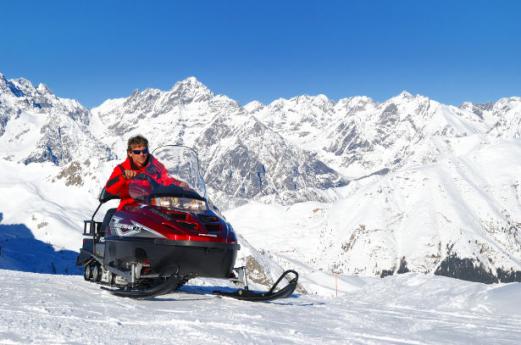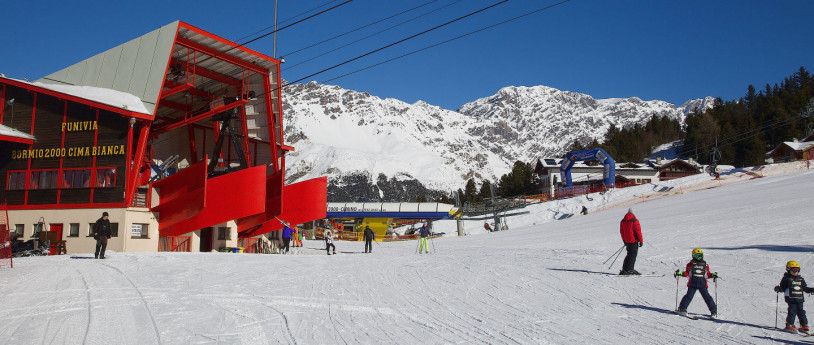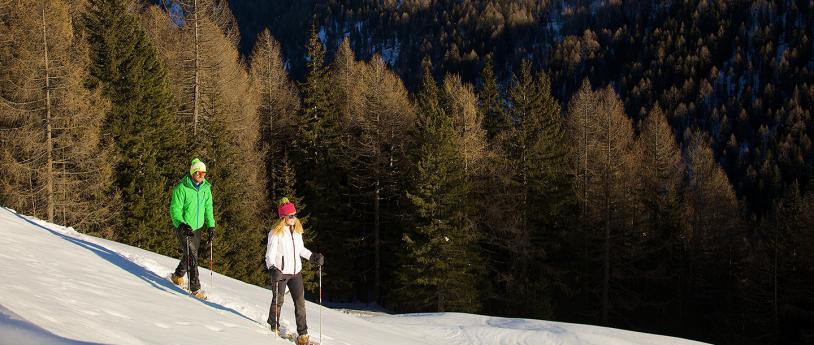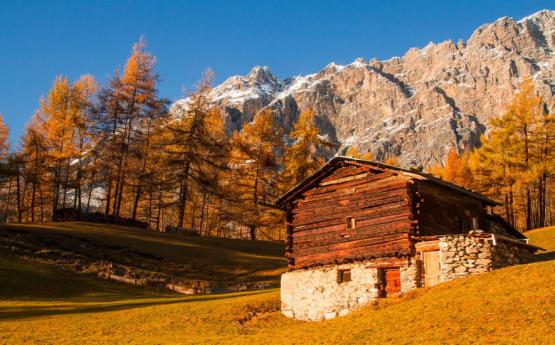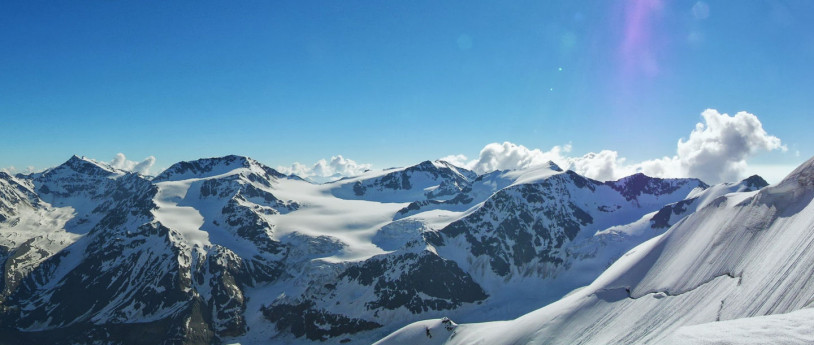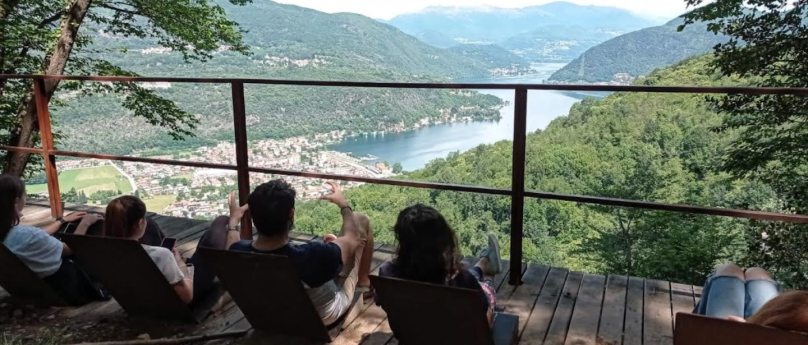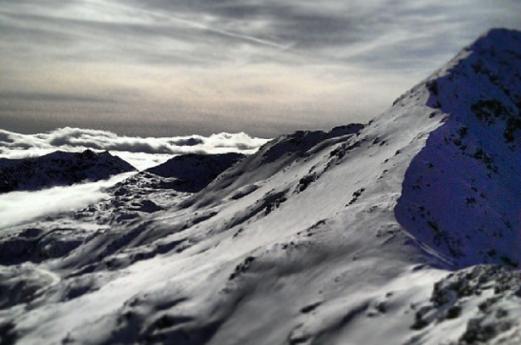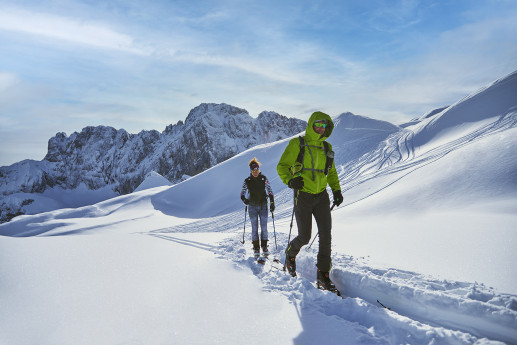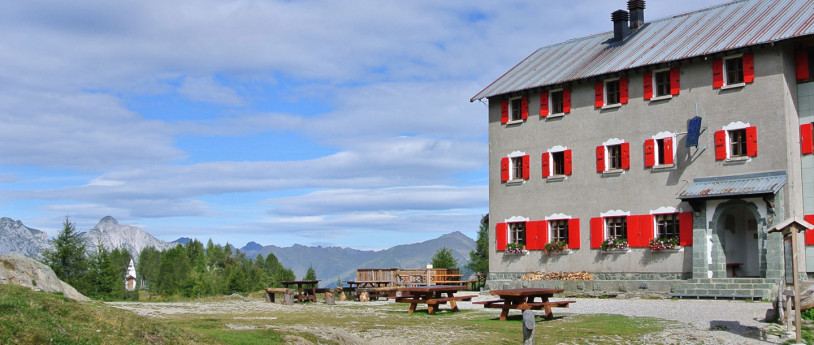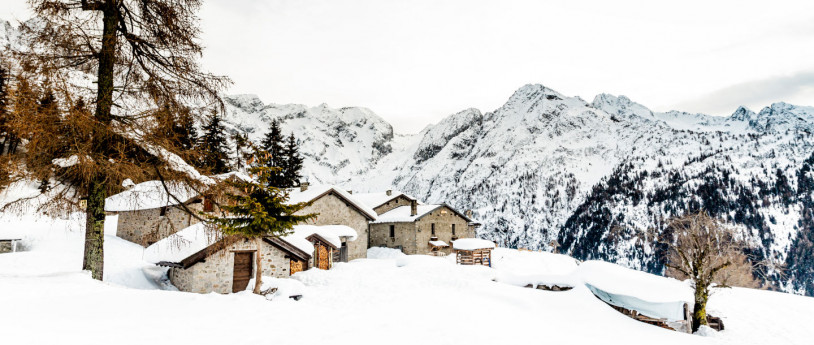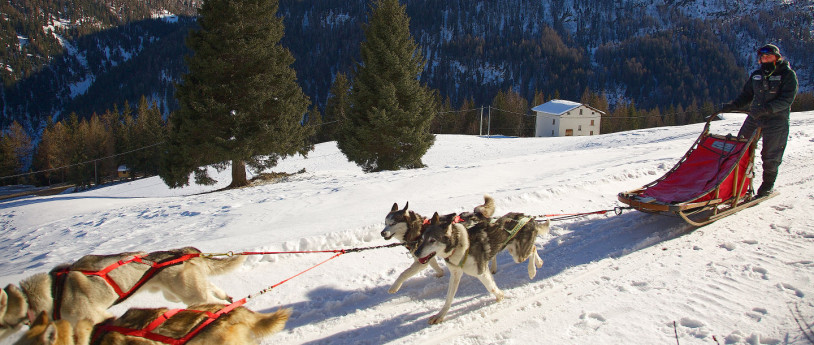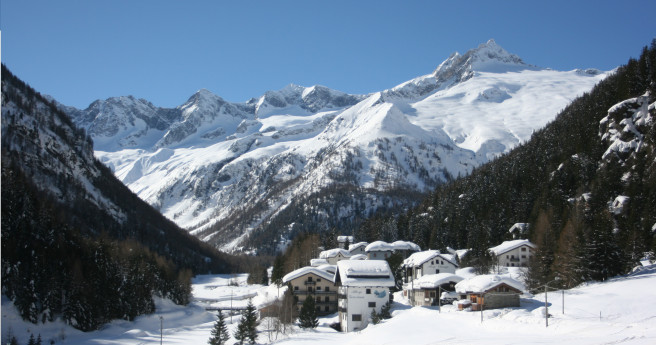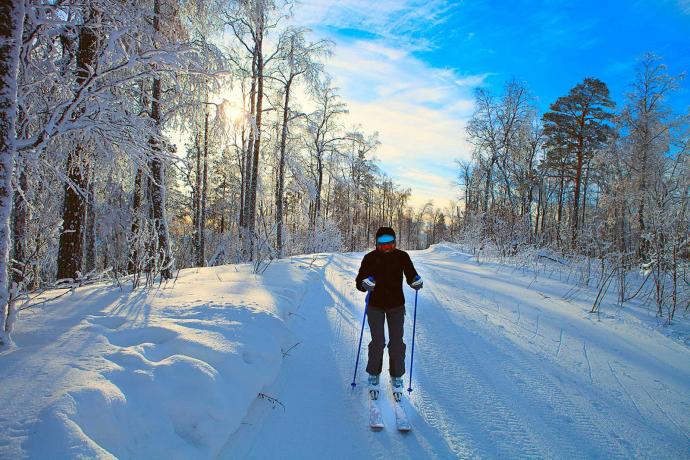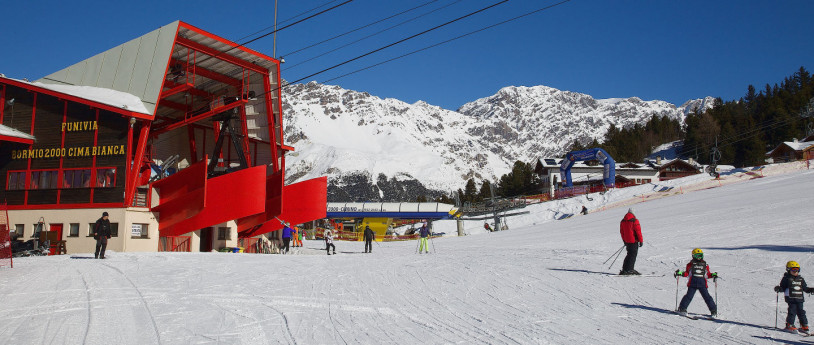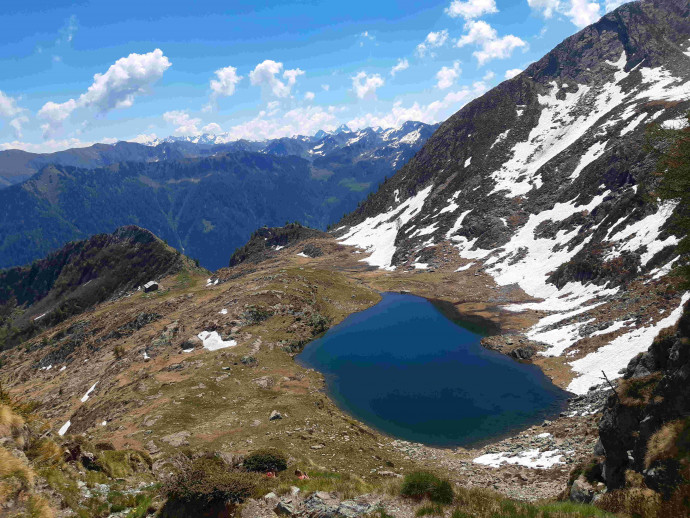- Mountains
- Active & Green
- Art & Culture
- Sport
The climbing and hiking museum
Climbing in Valmalenco began in the 19th century, a time when this sport was not yet widespread.
In 1862, British climbers Edward Shirley Kennedy and Leslie Stephen, accompanied by Swiss guide Melchior Anderegg and collaborator Thomas Cox, conquered the "glorious peak," the summit of Mount Disgrazia (3678 m), marking the birth of mountaineering in the valley while stimulating the development of tourist activities.
In 1872 the Valtellina section of the CAI was inaugurated, and in 1880 the Scerscen-Marinelli refuge (2900 m) was built. The dawn of the new century witnessed an unprecedented development of mountaineering and more generally of high mountain tourism: hotels were built, more refuges were built, and a new professional figure became widespread: the mountain guide. The Marinelli was expanded in 1905, and in 1913 the Marco and Rosa on the Bernina, at 3600 meters, was erected.
In the 1980s, Alfredo Corti was born in Tresivio, a lover of science, mountaineering and photography...but above all else of Disgrazia, which he photographed with the large 13 x 18 view camera, then with the large 9 x 12 camera and finally in the futurist 6 x 12 stereoscopic format, leaving us a heritage consisting of hundreds of glass plates.
The second edition of CAI 's Guide to Valtellina , published in 1886, bore the names of four Alpine Guides from Valmalenco: brothers Pietro and Giacomo Scilironi from Spriana, and Michele and Enrico Schenatti from Chiesa. Giacomo Scilironi (known as El Fuin) was a specialist on Disgrazia. In 1884 he was commissioned by the Engineer Corps to build, together with the two Schenatti brothers, a hut for scientific observations on the crest of Disgrazia, a short distance from the summit. Mountain guides would often be found busy building huts and bivouacs. Among other things, Michele Schenatti explored the Scais and Scalino mountain groups with Antonio Cederna. His guide booklet, issued to him in 1880 by the then president of CAI Valtellinese, Count Luigi Torelli, a politician of the Risorgimento, is preserved. Enrico Schenatti, Michele's cousin, worked mainly on Bernina and Disgrazia. He participated in the first mountain guide course in 1898. In his guide booklet is the note: Climbed the Bernina with the Gher (his dog), because there were no clients. In 1906 he made his 100th ascent of Disgrazia with his daughter Alice Pia.
In the early 1900s there were five mountain guides in Valmalenco: Enrico Schenatti, Silvio Lenatti (progenitor of another family of guides), Casimiro Albareda (his was the first ascent of Piz Argent), Carlo Albareda son of Giovanni and Carlo Albareda son of Abbondio. The guides were joined by seven porters (today's aspiring guides), including Ignazio Dell'Andrino , who in 1914 made, with Baccio de Ferrari, the first ascent of Disgrazia's NE ridge, the famous "Corda Molla." Nino Dell'Agosto is one of the five first ascenders of Gran Zebrù, he deserved the Silver Medal for Military Valor, his is also the first ascent with Alfredo Corti of the East Ridge of the Kennedy Peak.
In the late 1930s, a golden period for the mountains of Valmalenco, several personalities came to the fore. Giacomo Schenatti (1903-1989), whose first ascent of the N face of Disgrazia (1934), considered one of the most elegant routes in the Central Alps, is remembered. Cesare Folatti (1898- 1988) of Torre Santa Maria, known as Piz, was Luigi Bombardieri's trusted guide. In 1932, together with Peppino Mitta and Bombardieri, he completed the legendary Roseg - Scerscen - Bernina traverse. In 1933 the same completed the ascent of the great SO gully of the Forcola d'Argent, later called "Canalone Folatti." Folatti was janitor of the Marinelli-Bombardieri hut until 1973, from 1926 to 1942 also janitor of the Marco and Rosa hut at Bernina, traditionally always run by Valmalenco guides.
One of the oldest lineages of mountain guides and hut managers is the Lenatti family. Silvio Lenatti (1858 - 1915) was one of the guides participating in the first mountain guide instruction course in 1898. His sons Livio and Giovanni Lenatti built the Nuccio hut in Val Sissone, which in 1930 passed to SUCAI of Milan under the name Pigorini hut, destroyed by a landslide in 1950 and replaced by the current Tartaglione-Crispo hut, erected in a higher and safer location. In 1936 the Milan CAI entrusted Livio Lenatti with the management of the Gerli-Porro refuge at Alpe Ventina until 1980. He took an active part in the construction of the Taveggia bivouac and was a proponent of Alpine Rescue in Valmalenco (1950).Enrico Lenatti (1930 - 1998), Livio's son, a guide since 1957, took over from his father in the management of the Gerli-Porro refuge. He became head of the Valmalenco Mountain Rescue Service. Their tradition does not end, we have today mountain guides Alberto Lenatti, ski instructor and instructor at mountain guide courses, Diego Lenatti (manager of the Ventina refuge), Livio Lenatti, Enrico's son, Floriano Lenatti, Giancarlo "Bianco" Lenatti (current manager of the Marco and Rosa refuge).
